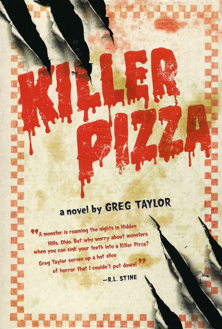
The ‘Killer Pizza’ Series by Greg Taylor
Here is an especially horror-filled series of books that will leave you shivering and hungry. High School

6th Grade and Up
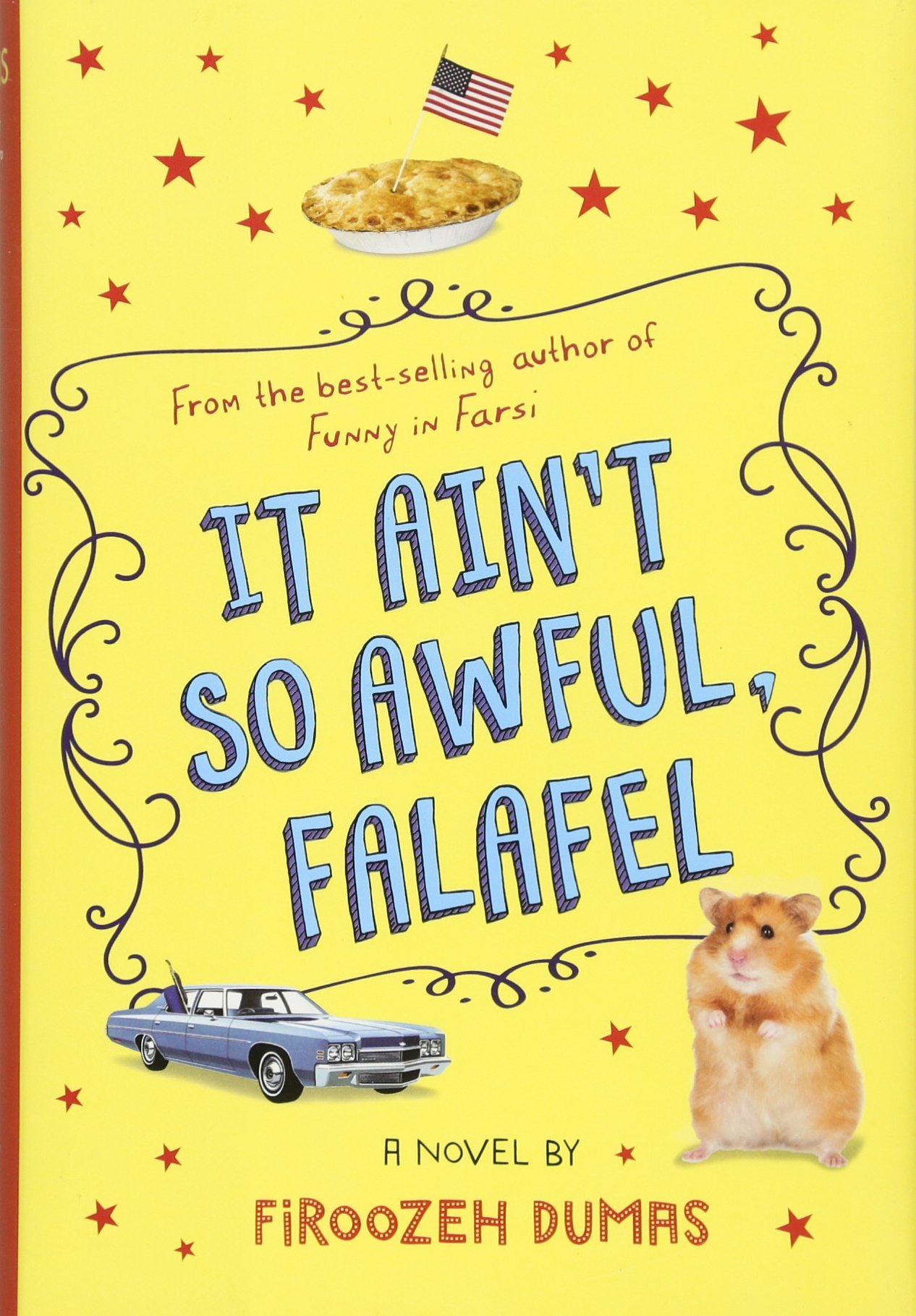
Zomorod (Cindy) Yousefzadeh is the new kid on the block . . . for the fourth time. California’s Newport Beach is her family’s latest perch, and she’s determined to shuck her brainy loner persona and start fresh with a new Brady Bunch name—Cindy. It’s the late 1970s, and fitting in becomes more difficult as Iran makes U.S. headlines with protests, revolution, and finally, the taking of American hostages. Even mood rings and puka shell necklaces can’t distract Cindy from the anti-Iran sentiments that creep way too close to home.
The first things that grabbed my attention were the name Zomorod and the fact that this story takes place in Newport Beach. To make it easier for me, I will call Cindy/Zomorod, Cindy Z.
This book is a semi-autobiographical novel, which means that parts of it really happened in the author’s real life, and the other parts were modified to fit the story. This story has a perfect blend of serious historical events and fun daily life moments. It’s rare to find a middle school novel that is both a coming-of-age story and a history lesson. I think this is the kind of story every kid should read. It’s good for kids to see through the eyes of someone different than them. It opens up their minds to understand different ways of life.
I’ve read so much middle school fiction that I’ve learned that it doesn’t matter what your background or your nationality is; all tweens have two things in common: 1) a need to fit in and 2) are embarrassed by their parents.
Until Iran started showing up on the news, no one seemed to know that Iran even existed, much less knew it was a country. At least, that’s what most of the people Cindy Z meets seem to think. Before I started reading, my dad gave me a quick history lesson on the Iranian Revolution and his life experience during the time. It is quite an accomplishment to explain such a complex subject in an understandable way.
I learned so much that it would be impossible for me to summarize it all, so I’m just going to share a few of the differences between living in Iran and America:
There are many more differences, but I’ll just leave off here.
The way Americans treated the Iranians living in America made me sick. They weren’t even in Iran, and Americans treated them like they were somehow responsible for all the bad things happening. Do you remember in school when some jerk would do something bad, and everyone in the class had to pay the price? That’s kind of like what happened to the Iranians living in America because of all the bad things happening in Iran. There’s always that one jerk who ruins it for everyone else. When will people learn that one bad person shouldn’t condemn an entire race?
As much as I liked learning about Iran and the Iranian Revolution, I really enjoyed the chapters about Cindy Z’s daily life moments, like Halloween and Girl Scout camping trips. I especially love the part when Cindy Z and her parents had pumpkin pie for the first time on Thanksgiving.
As a small bonus, here’s a small fraction of this story’s many amazing quotable lines.
“My dad always says that kindness is our religion and if we treat everybody the way we would like to be treated, the world would be a better place.“
“People who hate just happen to be the loudest.” (I love this quote because it’s so true)
“It was only when I stopped pretending to be someone else that I found my real friends.“
“Let us all remember that everyone has a story, and everyone’s story counts.“
I won’t pick apart this story any more than I already have. Just read the book. You won’t regret it.
If you want to learn more about Firoozeh Dumas, click on her website link below:

Here is an especially horror-filled series of books that will leave you shivering and hungry. High School
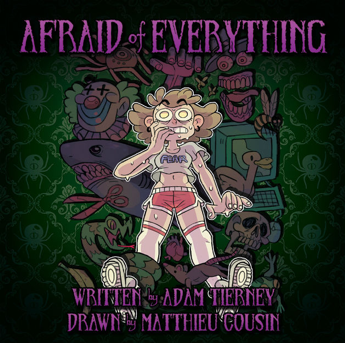
HAPPY 150TH BOOK REVIEW And to celebrate, here is a book of short horror stories written specifically for young readers. 5 to 95 (Suggested for
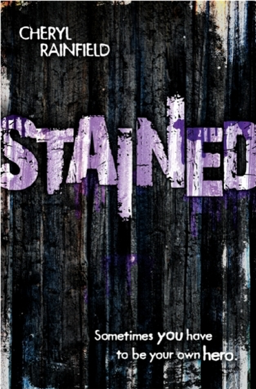
High School Sixteen-year-old Sarah Meadows longs for normal. Born with a port-wine stain covering half her face, shes been plagued by stares, giggles, bullying, and

Here is an especially horror-filled series of books that will leave you shivering and hungry. High School

HAPPY 150TH BOOK REVIEW And to celebrate, here is a book of short horror stories written specifically for young readers. 5 to 95 (Suggested for all readers) Featuring twenty-six terrifying short stories, each based on a different A to Z

High School Sixteen-year-old Sarah Meadows longs for normal. Born with a port-wine stain covering half her face, shes been plagued by stares, giggles, bullying, and disgust all her life. But when shes abducted on the way home from school, Sarah
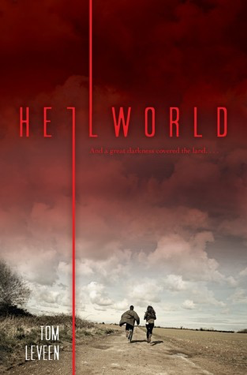
HAPPY OCTOBER! To celebrate October, heres a hell-raising story to get us in the Halloween mood. Pun intended. High School Five years ago, Abby Booths mom, co-host of a ghost-hunting reality show, went missing while filming in a haunted cave

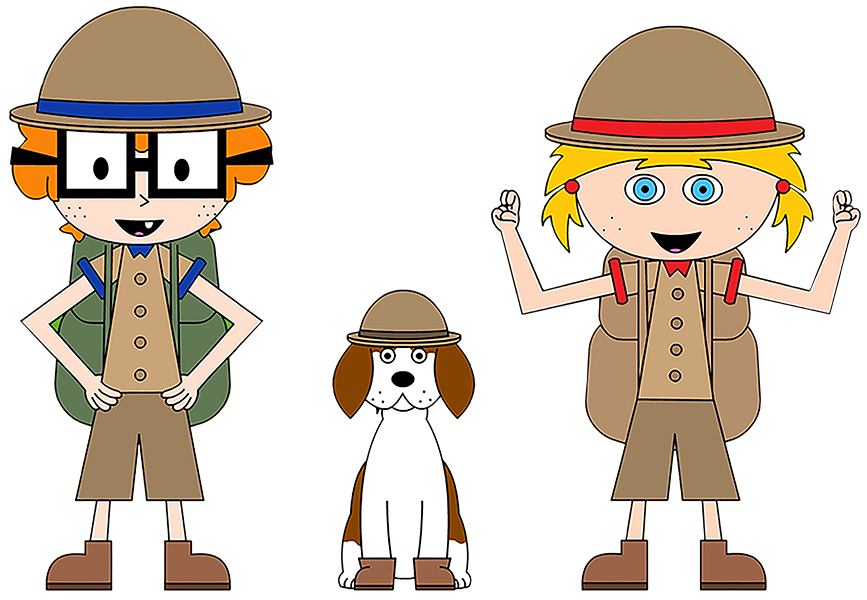
Albert, Houdini & Maddie
Copyright © 2021 Amazing Artists Online – All Rights Reserved
Developed by Clearian
Copyright © 2023 Amazing Artists Online – All Rights Reserved
Developed by Clearian